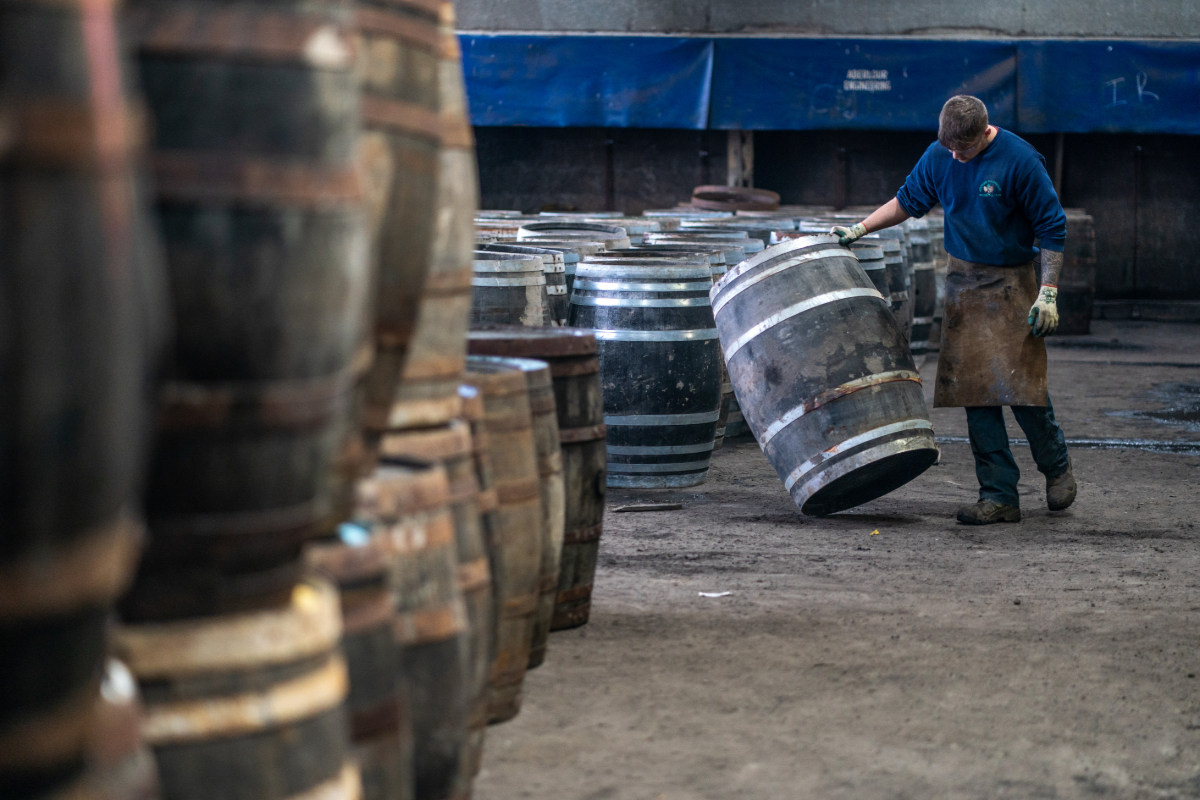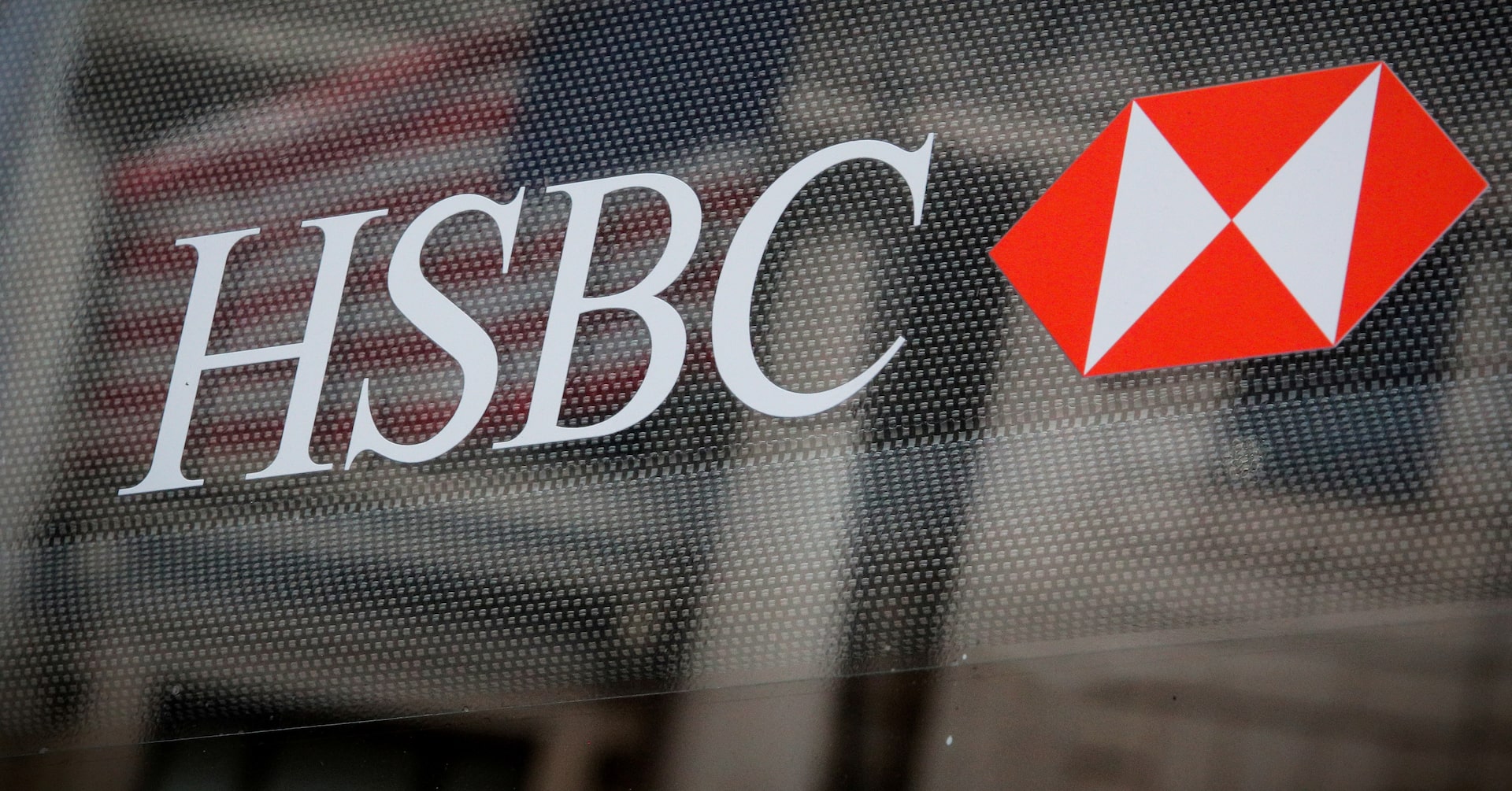Copyright cityam

At its core, the process of lending money to businesses isn’t particularly complex. Banks and other lenders price loans based on the risk of lending, calculated by assessing a company’s assets, liabilities and cash flow. But how do you price the risk of a business that requires a substantial upfront investment, won’t see a return for at least three years at the minimum or 40 in some cases, works in a highly regulated and competitive sector and loses two per cent of its product a year to the ‘angels’? The Scotch whisky industry Enter the whisky industry. While the Scotch whisky industry now contributes £7.1bn to the UK economy and supports more than 66,000 jobs, lenders are still reluctant to support the sector. “This is the simple fact: this is a very niche business,” Sukhinder Singh, founder of The Whisky Exchange and now owner of Elixir Distillers, with his brother Rajbir Singh, told City AM. “There’s only a handful of lenders that do this. And even though they do, I think some of them are just too far away from Scotland,” Sukhinder adds. Experience is key. Lenders don’t understand “how whisky works,” the founder of Elixir says. Bankers look at the capital investment required, the lengthy payoff period and angel’s share evaporation, equivalent to two per cent per year of the spirit and conclude the risk is too high. As one industry source said, “they won’t touch the sector,” referring to one of the world’s largest banks. Bankers often overlook the added value of ageing. “There’s an industry standard formula of how you assess cask stock,” says Sukhinder. “The value of the whisky jumps when it reaches 10 years of age, and again at 20 and 30 years.” That’s the opposite of most assets, which depreciate over time. This might look like dark art to outsiders, but the foundations of the Scotch whisky industry are built on trade. Distilleries often trade and exchange casks to balance supplies, raise cash and balance supply and demand. As a result, there’s a robust and secondary market that helps lenders, owners and traders “get comfortable” with asset values. Lending to the whisky world Santander is one of the handful of lenders active in the space. The banking giant began working with the industry in 2020 and is currently lending £25m to the sector, predominantly for working capital, with some secured lending for warehouse funding and development. “What we are really good at is understanding complex businesses, different ways of working,” Jane Galvin, head of corporate clients at Santander, tells City AM. The bank has worked to build a vast network of contacts in the industry, both within the UK and in key export markets, with the help of the Department for Business, Energy & Industrial Strategy. Santander even has its own whisky sector specialist, Gavin Smith, who says the relationships in this business are key to building the confidence to lend. “ We will always look at any management team to say, ‘Right, who’s running this business? Have they built and grown businesses before? What’s their expertise in it? What’s their credibility like in the marketplace?” Smith says. This approach has enabled Santander to consider a range of businesses from “baby distilleries” less than 10 years old to those that have been going “for quite a long time.” Smith adds: “We’ve got a full mix across Scotland, Northern Ireland [and] also have English distillers.” Long-term business There’s no denying distilling whisky is a long-term investment, however you look at it. “It takes three years to mature; most single malts are ten years plus. It’s just a long wait,” Sukhinder explains. This long production timeline adds another layer of risk to the equation, uncertainty. “When companies do projections in terms of what the market is going to be like in 10 years’ time or 15 years’ time or 20 years’ time, to some extent, it is guesswork,” he adds. Right now, the industry is also battling oversupply. Large distillers, under pressure from managers and shareholders to meet targets, have, according to Sukhinder, presided over the “commoditisation” of single malt whisky. The industry’s most prominent players require millions of casks annually to meet their output targets, so they have to take whatever they can get their hands on and “can’t be choosers.” A newer generation of distillers has also come into the industry, a generation that’s “very different to the last generation,” with a focus on “brand-led” rather than “product-led” whiskies. As a result, quality at the top end of the market has deteriorated as volume has increased. The drive for growth has come back to haunt the market. “I would say in some ways that the whisky industry got quite complacent and quite greedy because everything was on fire, and they are suffering the consequences as such,” says Sukhinder. The industry giants can take the hit, but smaller, family-owned businesses are suffering from both higher supply levels and the perception of reduced quality in single malts. As a result, for those outside the whisky industry, the analysts and lenders based in London, it’s easy to look at these figures and conclude the sector is struggling. But in reality, there’s an opportunity. “The important thing is, why do we drink whisky? We drink whisky for enjoyment, for taste,” says Sukhinder. That means there’s a gap in the market, “just do it the way it used to be done,” he adds.



